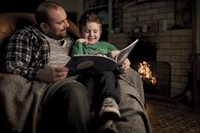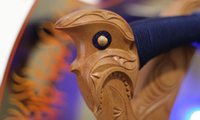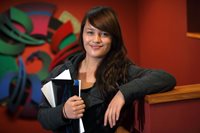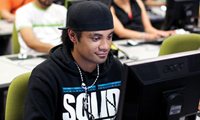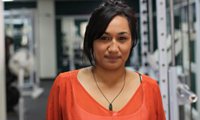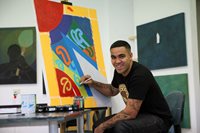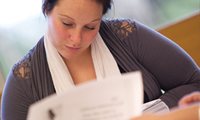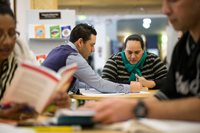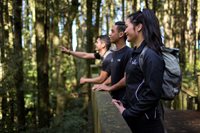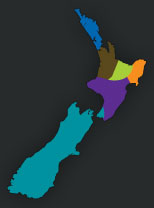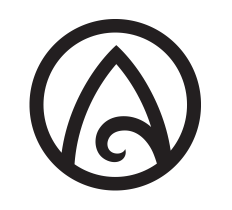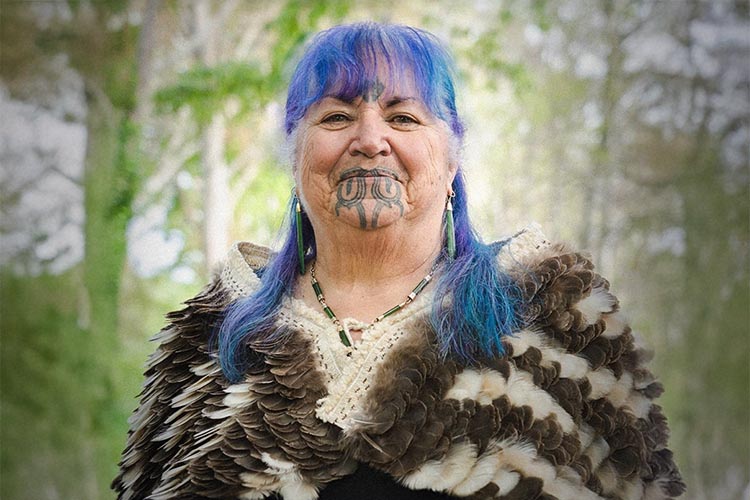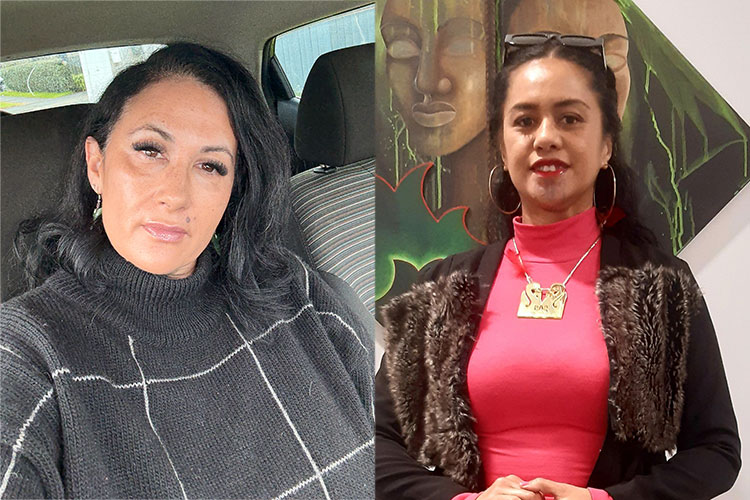Te Wānanga o Aotearoa (TWoA) has a long history of working with learner groups who are traditionally disadvantaged in tertiary education. We have large numbers of tauira (students) who are:
- Māori
- Have low academic achievement history
Our experience working with these tauira has historically been similar to much of the tertiary sector, with these students under-achieving relative to their peers who had fewer risk factors.
We’ve been working through options that will help tauira who can’t complete their programme of study for different reasons.
Based on our experience, and learnings from the Georgia State model, TWoA is implementing a risk-based method of pastoral care, Te Ata Hāpara, which will enable us to predict and offer a more intensive experience for students that have higher needs. We can also intervene when tauira shows signs of disengagement and need support and help them move closer to programme completion.
Te Ata Hāpara is initiated when tauira enrol. Their applications are assessed, and an individual risk profile generated. This risk profile counts how many of nine risk factors the tauira has and delivers that profile to their kaitiaki (training advisor).
We use these risk profiles for tauira who need extra help. The tiered approach starts with texts and emails then calls and in-person visits. It also relies on a whanaungatanga (familiarity) visit at the start of the course to get a good understanding of their context. This is critical to the programme’s success as it allows us to explain expectations, timelines, and outcomes.
The key question is: Does it work?
The data below shows a snapshot from our Home-Based Learning programme on their experiences using Te Ata Hāpara.
We haven’t cracked the code for programme completion yet, but Te Ata Hāpara has made a significant difference in how far tauira get through their programme. If a tauira begins to falter, their kaitiaki will visit to see how they can help. The kaitiaki breaks up the tasks into manageable and achievable blocks by focusing on completing one unit at a time. This approach has supported a sustained rise in how much of the programme students are completing.
The success of Te Ata Hāpara can be seen in the graph below, as tauira entering our home-based learning programme have fewer risk factors than in the past. By better analysing our prospective tauira, we are better able to set them up for success. If a tauira has too many risk factors, we direct them to lower-level programmes with more intensive wrap around support. This ensures that tauira taste success in education, the absence of which is one of the risk factors for entering home-based learning.
Once the tauira has been able to complete a well-supported program, they have a better chance of succeeding on the home-based learning course they originally applied for. We’ve learned that matching the tauira to the correct course and level is essential for their success.
Our programme is in its infancy. The key to its success will be iteration. We’re seeking more data for our analytics including whether a tauira is still on their learning journey, or if they’re faltering in real time.
We’re more likely to get this data by moving to digital delivery of materials, possibly through an app or another form of electronic delivery. Once the delivery is online, we will be able to track information such as:
- Have they looked at their learning materials this week?
- Have they started an assessment?
- Are they ahead or behind schedule?
- Has there been a change in their pattern of access?
Although these indicators don’t give us the answers to what is happening, they provide more data that we can use to begin making interventions in the lifecycle of the tauira.

